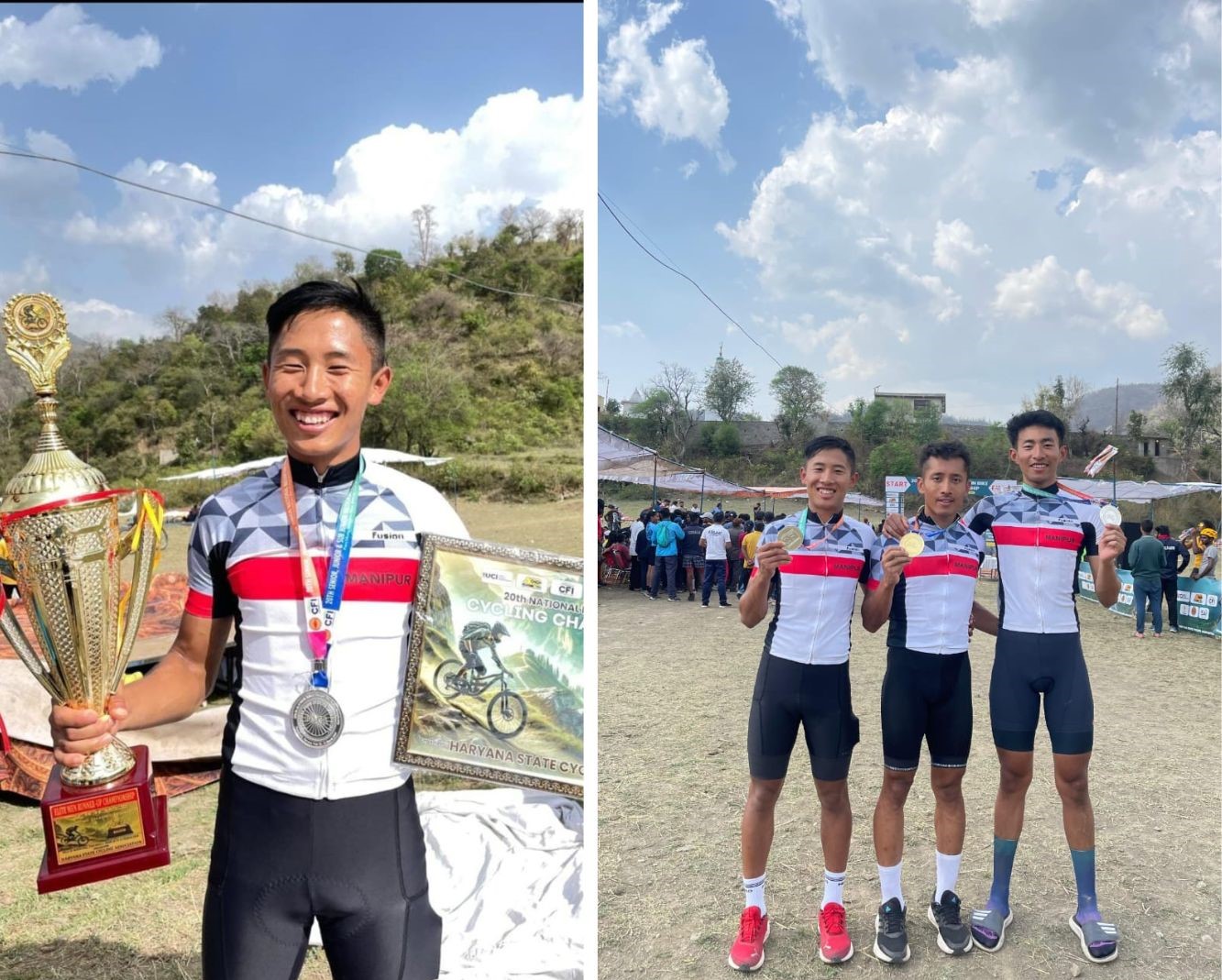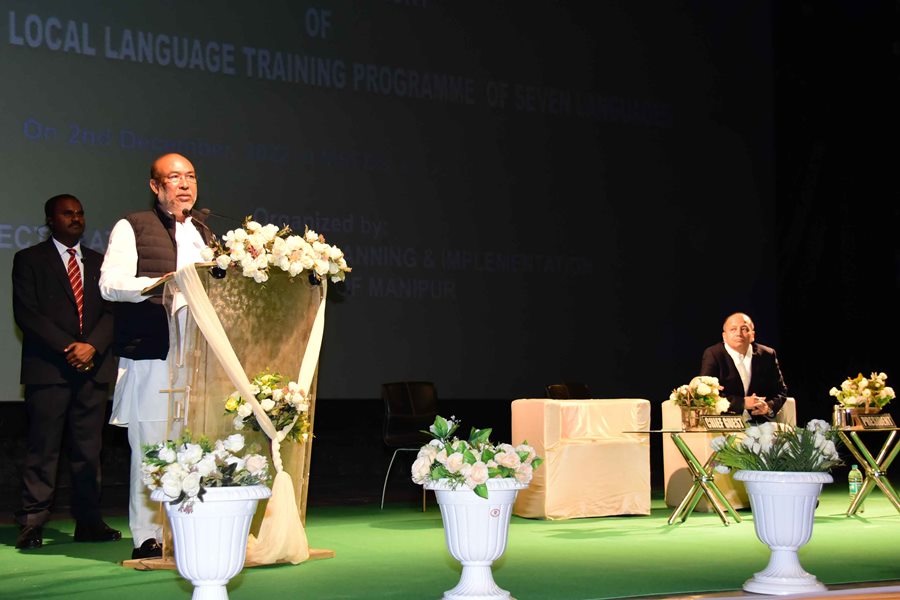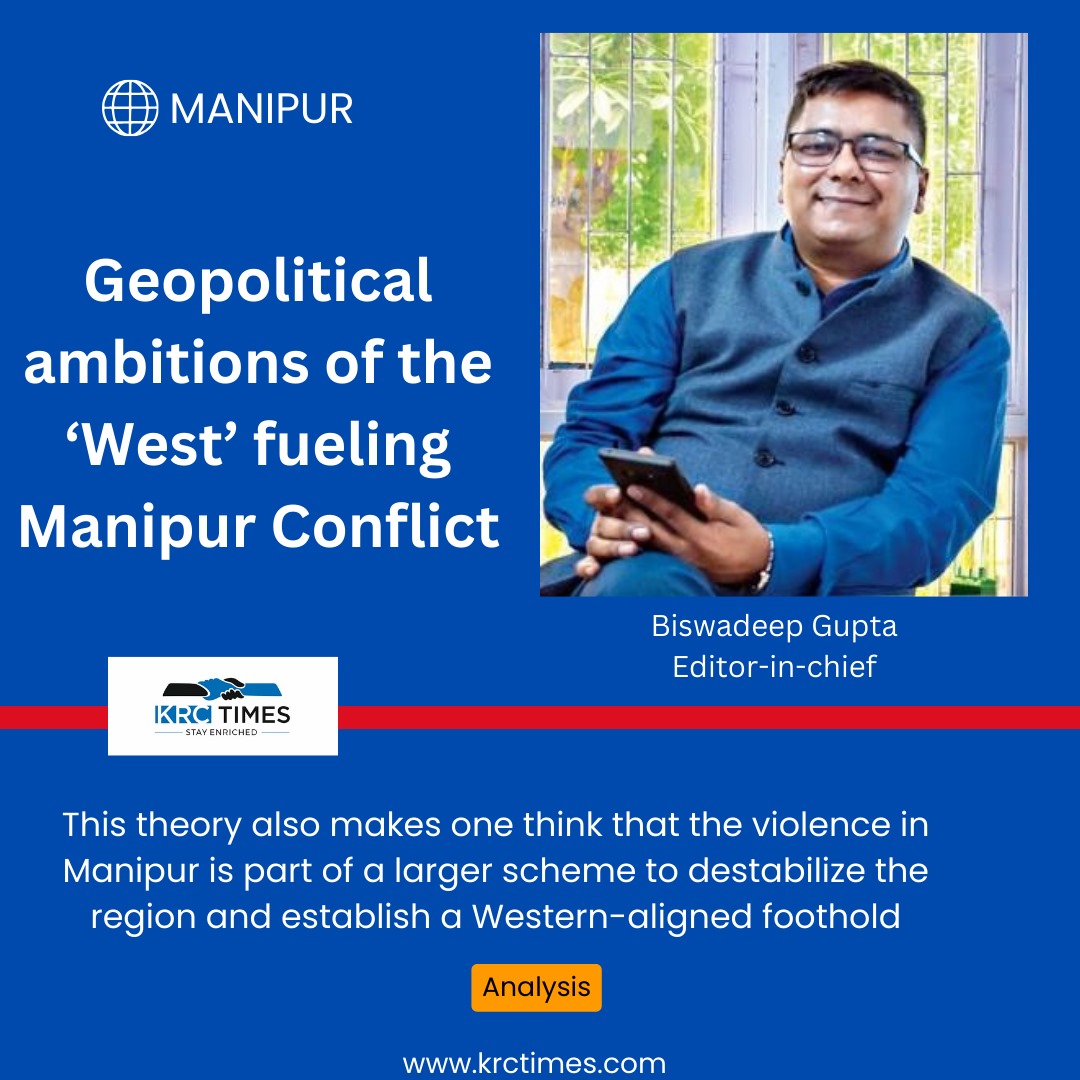Throwing light on measures that are coming into force to save Manipur’s wetlands and measures that ought to be taken to save our loktak lake
 M. Asnikumar Singh
M. Asnikumar Singh
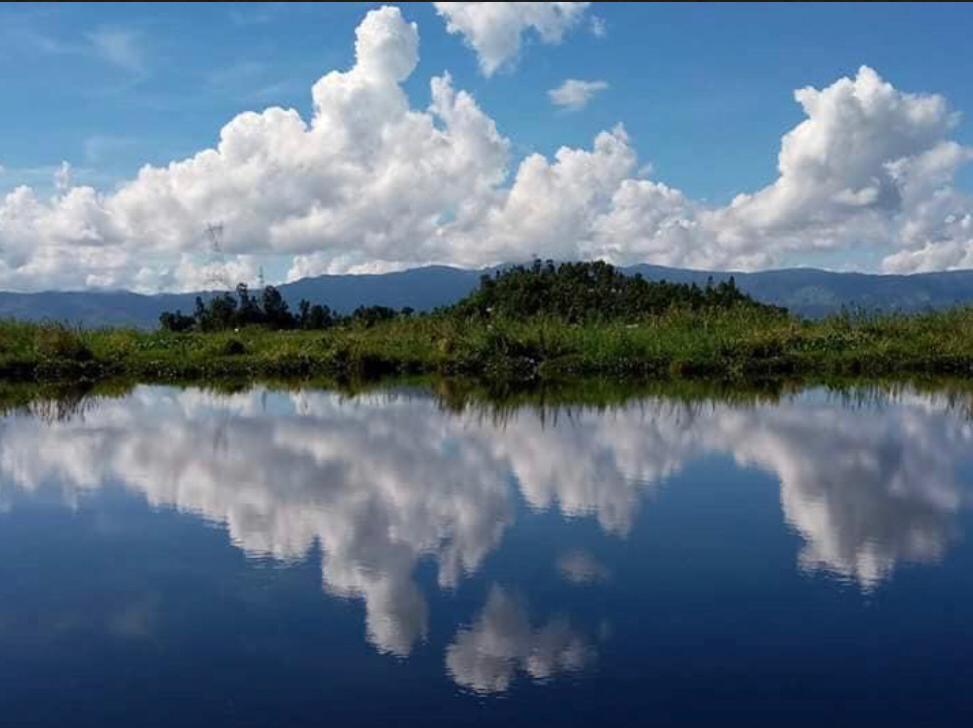
The Idea and theme of this day
World Wetlands Day is celebrated every year on 2nd February. The Convention on wetlands was adopted on 2 February 1971 in Ramsar, Iran. The Ramsar Secretariat’s main objective is to raise public awareness about the importance and value of wetlands. This year’s theme is ‘Wetlands and Water’.
The increasing demands and pressure on wetlands without understanding their nature and consequences have led to their rapid degradation.
Loktak lake: significance
Keeping this day and its significance in mind, the attention we ought to shed some light on the wetlands and one of the largest water resource of our region, the Loktak lake . Due to its socio-economic importance, it is often considered as the “lifeline of Manipur “ and rightly so. It’s biological richness and uniqueness of habitat has resulted in its designation as a “Wetland of international importance “ under the Ramsar convention, a distinction it shares with just other five lakes of India. The LOKTAK lake and the area in its vicinity is one of the most important wetlands in the country. One often ignored statistic is that 60 per cent of the catch fish of Manipur comes from the Loktak lake alone. It also plays a pivotal role in the socio-economic life of the region.
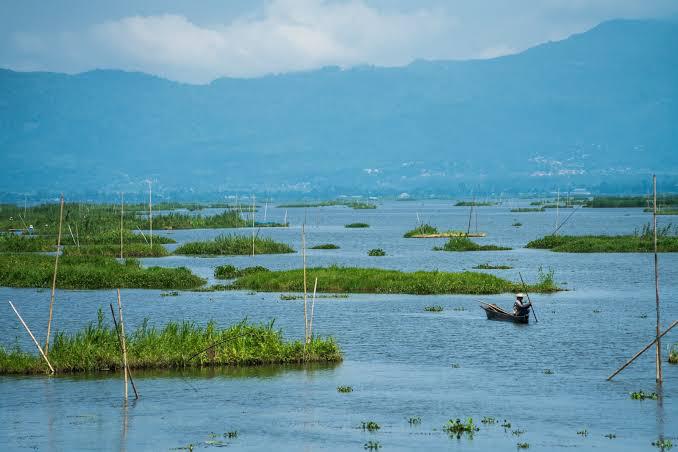
Causes of and crystal clear warning signs of a lake slowing falling to its death
Sadly due to increasing pressure on the lake, attributed to a rapid rise in population, the shifting cycle of the agricultural land in the hilly catchments of the lake has reduced from 20 to less than 5 years. This has further led to land degradation and increased soil erosion leading to sedimentation of water bodies consequently reducing its water-holding and water carrying capacity. The commission of the LOKTAK Hydel Power Project in 1993 and the construction of the dam at Ithai along the Manipur river adversely affects the ecological balance of the LOKTAK lake. Since the commissioning of the Ithai Barrage some 35 years ago there have been massive floods in and around the lake. The Ithai dam was constructed to maintain minimum water level required to generate electricity for the LOKTAK hydropower project owned by the National Hydroelectric Power Cooperation. The LOKTAK lake is the natural reservoir of the state’s river system. However, since the construction of the dam, the migratory fishes which the lake and its catchment areas used to receive from the Manipur, Irrawady and Chinwin rivers, their migration have reduced drastically thereby affecting the economic situation of the fishermen dependent on the lake and its catchment areas for livelihood. Moreover, the dam has blocked the Manipur river which acted as its natural drainage outlet. This blockage has affected the refreshment cycle and volume of the lake to such an extent that many species of flora and fauna in the lake are on the verge of extinction. The natural pathway of the Ungamel channel, which drains out excess water from the Keibul Lamjao floating national park has been altered by the LOKTAK hydel project. Such scientific analysis reveals the true picture i.e It is not only the responsibility of the people living in the vicinity of the lake but also the citizens of the state to come together and works towards improving the lake’s bleak and uncertain future. Moreover our state’s pride, the Sangai shares an inseparable bond with the Loktak Lake. The reducing depth of Loktak Lake, a naturally enriched water body is also the culmination of our apocentric behaviour. Construction of roads, artificial structures in and around the major water bodies of the state like Loktak pat, Pumlel pat, Waithou pat, Loushi pat etc, which act as the natural water drainage system of the state is only inviting more disasters in the future. The task of wetlands restoration has become complicated in light of the threefold increase in global water demand in the last 6 decades.
Pressing issues
Attention ought to be drawn on the following key issues which need to be addressed on priority to secure the health of Loktak wetlands, and linked livelihoods of communities living in and around.
Efforts for addressing the degradation of the wetland have been made since 1986 when the LDA was established as a nodal agency for conservation and integrated management of Loktak. An amount of Rs. 491 crore has been spent on implementing ameliorative measures for the wetland till date, with financial assistance from the North Eastern Council, the Planning Commission, the India Canada Environment Facility, the Ministry of Environment, Forest and Climate Change (MoEFCC), Government of India and state plans. As an outcome of the interventions, that has been an increase in open water area in the central sector (from 439 ha to 7638 ha during 2002-2017), decrease in area under athaphum (from 982 ha to 212 ha during 1999- 2017), increase in dense forest cover in catchments (by 6,612 ha during 1988 – 2017), and increase in capture fisheries (from 1,473 MT to 3,800 MT during 2003 – 2013) has taken place, Yet, the wetland continues to be under threat from continued pollution loading, conversion of phumdi into fish farms and impeded hydrological connectivity within the complex. Systemic institutional weaknesses have resulted in very limited enforcement of extant regulatory regimes, and lack of coordination in the implementation of various development programmes related to Loktak.
Based on the evaluation of data and monitoring records, observations from field visits and discussions, we seek the priority attention of concerned authorities of the Government of Manipur to the following:
a) Implementation of water allocation plan: Revising allocation of water to meet human demands (for hydropower generation, irrigation and flood control) with ecological needs (maintaining KLNP habitat, enhancing water quality) is central to the management of Loktak. Based on a scenario-based assessment of hydrological regimes, a water allocation policy to achieve these multiple objectives was drafted by Wetlands International South Asia and endorsed for implementation by Steering Committee of LDA chaired by Chief Secretary, Government of Manipur. The plan provides a win-win option for all stakeholders, including NHPC. A water allocation plan implementation sub-committee (constituted in 2010 comprising representatives of Departments of Forests and Wildlife, LDA, NHPC and Wetlands International South Asia) was tasked with the identification of water level gauging stations, wherein monitoring was to be done for one year to come up with a specific barrage operation rules. The recommendations of the committee meeting held on February 18, 2013 (to monitor lake levels at Awangshi pat in Northern Sector, adjoining Karang Island, adjoining Chingmei Hills in KLNP and at power channel) are yet to be implemented. Priority may be accorded to implementation of this decision and framing up of a barrage operation rule within one years’ time frame.
b) Implementation of Nambul Action Plan: Nambul River discharges the waste of entire Imphal City into Loktak, leading to pollution loading and aggravating spread of phumdi. Financing of the Nambul Action Plan (for treating the waste of the Imphal City and preventing direct discharge into Loktak may be pursued with the MoEFCC.
c) Reorganization of LDA: LDA’s capability to coordinate integrated management of Loktak has significantly reduced in the recent years due to lack of skilled human resources, uninterrupted financing to meet operational needs, and multiplicity of agencies implementing programmes with implications for Loktak Lake. It is pertinent that LDA is revamped into an efficient and results-oriented institutional structure. The Governing Body meetings of LDA may be held regularly and all sectoral development programmes reviewed and approved with due consideration of implications for Loktak. Within the Authority, units for wetlands monitoring, planning and design and stakeholder engagement need to be set up. Avenues for career progression of all technical staff need to be identified.
d) Wetlands monitoring: The Wetland Monitoring Laboratory of LDA, established with India-Canada Environment Facility support presently is in a dilapidated state for want of refurbishing and staff capacity. The laboratory needs to be revived to ensure that wetlands monitoring is systematically conducted, and the infrastructure generates revenue of its own by conducting monitoring and tests for other agencies.
e) Reconstitution of Technical Advisory Committee: Given the complexity of issues related to the management of Loktak Lake, the role of a technical advisory committee is crucial in ensuring rigorous technical scrutiny of various programmes. The committee constituted in 2011 under the Chairmanship of Additional Secretary, Government of Manipur, has not met since 2013. The committee may be reconstituted with national and local subject matter experts and meetings held quarterly.
f) Regulation of expansion of fish farms: Since 1970, over 112 km2 of marsh fringing Loktak have been converted into fish farms and agriculture, thus reducing capacity to regulate hydrological regimes, cycle nutrients, support biodiversity and community livelihoods. Such conversions are also against the provisions of Wetlands (Conservation and Management) Rules, 2017. Urgent actions are required to halt further expansion of fish farms. Use of chemical fertilizers and pesticides within the existing farms should be prohibited, and organic farming practices promoted
g) Delineation of wetland boundary: The boundary of Loktak Lake needs to be delineated to prevent any further encroachments. This is also required under the provisions of the Manipur Loktak (Protection) Act, 2005 and the Wetlands (Conservation and Management) Rules, 2017.
h) Delisting Loktak from Montreux Record: Information on changes in the status of Loktak since the date of listing under Montreux Record (1993) needs to be compiled, along with an updated Ramsar Site Information Sheet and communicated to the MoEFCC.
i) Immediate Remedial Measures
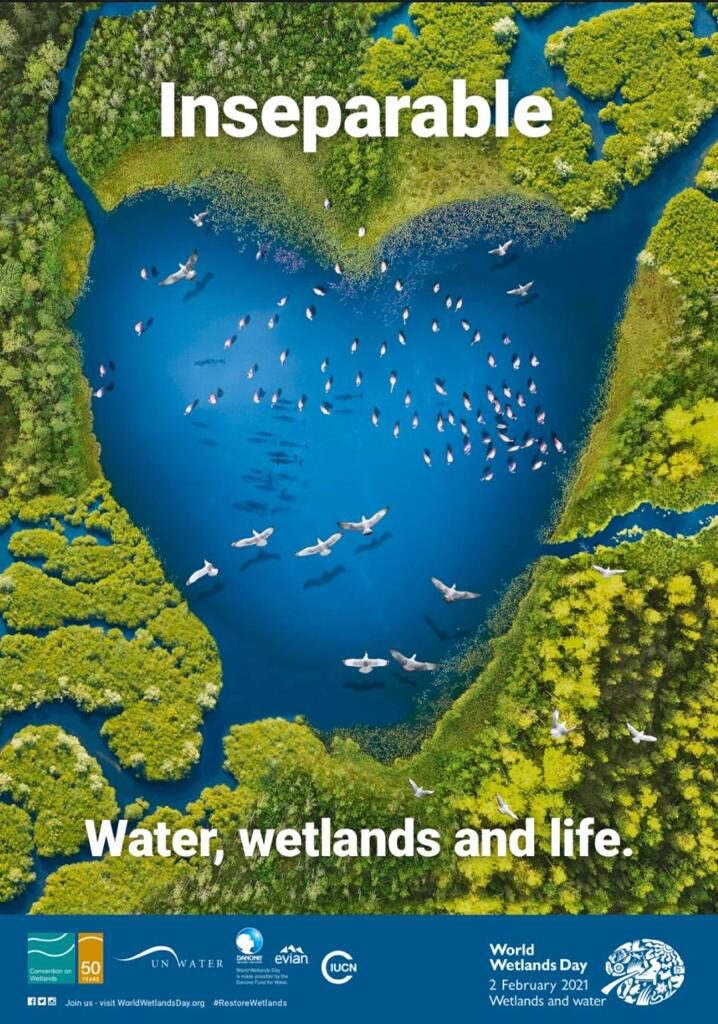
• Restructuring of LDA: Organisational structure of LDA to be revamped to be able to undertake ecosystem approach steering away from the engineering and mechanical approach.
• Review Barrage Operation Regime: To address the ecological and human issues.
• Robust Monitoring System: It is critical to put in place a system to describe, monitor and detect changes in ecological character to support decision making. This will also enable assessment of the effectiveness of management actions that are to be taken up.
• Protection of Lake Area: Demarcate the boundary of Loktak Lake on the ground and take up measures to control encroachment.
• Rejuvenate Lake Fisheries: A special action plan for sustainable fisheries development addressing fishermen Issues:
• Involvement of Local Community in Phumdi management: Weed or phumdi management to involve the local community taking advantage of the traditional knowledge base.
• Formulation of an Integrated Management Action Plan
J) Road Map Ahead
Policy direction may consider the following points:
• Institutional arrangements to ensure conservation and wise use of entire wetland complex associated with Loktak Lake.
• Integration of all the associated lakes in conserving Loktak Lake.
• Integration of lake conservation with the Manipur River system
• Improve water quality through waste management and minimizing nutrient runoff from agricultural fields.
• Control of sedimentation giving emphasis on critical watersheds.
• Biodiversity conservation through water regime improvement
• Sustainable livelihoods for lake dependent people.
• Ecotourism development considering cultural heritage values.
K) Involvement of the dwellers of the lake in all the activities taken up by authorities in related to the lake. The interests and livelihood of the dwellers of the lake cannot be compromised at any cost.
Steps taken by the NGT (National Green Tribunal) with regards to preservation of water bodies in India
In its order dated, 1 January 2020 the National Green Tribunal while emphasizing on the importance of conservation of water bodies advocated for enhancing the capacity of the existing ponds/water bodies, creation of water harvesting structures in sub-watersheds to the extent possible, setting up additional water bodies/water harvesting structures wherever viable using available funds, including under MNREGA and involving the community at large at every level. NGT also directed that action in this regard must be taken the District magistrate/district commissioners in coordination with the department of IFCD or other concerned departments such as Rural Development/Urban Development/Local Bodies/Forests/Revenue etc. More importantly, the compliance of the above directions is to be undertaken under the supervision of the Chief Secretary of the concerned state and the reports are to be furnished to the chief secretaries of the states by the concerned District Magistrates for the compilation of action taken report at the state level.
Further, in an order dated 18.11.2020, the NGT directed all states/union territories to designate a nodal agency for the restoration of water bodies, wherever no such agency has so far been designated. According to the order, the nodal agency, under the oversight of the Chief Secretaries of the states/UTs shall hold its first meeting before the 31st of January,2021 to take stock of the situation and to plan further steps including directions to district authorities for further course of action up to Panchayat Levels and time evolve further monitoring and grievance redressal mechanism. Further, periodical reports on the action taken are to be submitted to CPCB/Secretary, Ministry of Jal Shakti, Government of India by the end of February 2021.
The NGT has assigned the Manipur State Wetlands Authority with the task of protection of all water bodies in the state in addition of the normal functioning of the authority.
The importance of data in wetlands protection
However, it will not be feasible to make meaningful monitoring of water bodies without having reliable data related to water bodies in different districts/States including their numbers, types of water bodies, plan area, capacity, usages, their present conditions in terms of water quality, the source of water, source(s) of pollution. Therefore, keeping this in mind, the first and the most vital step for concerned stakeholders in this regard is data collection, analysis and assessment for further steps using the same data.
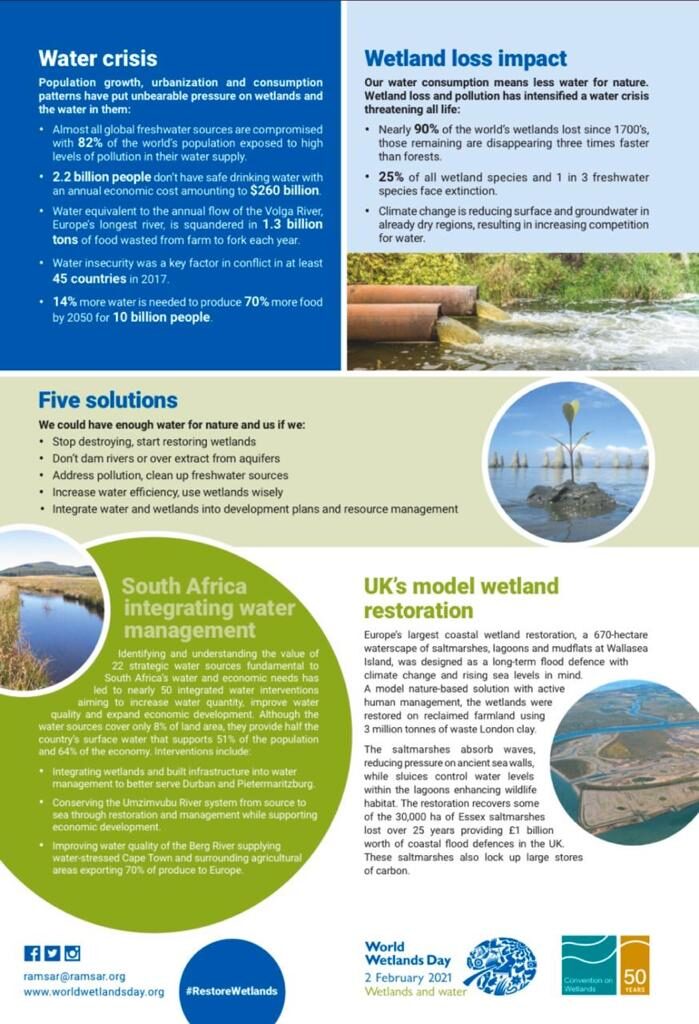
The road ahead
With such clear warning signs, it would be daft on the part of all concerned stakeholders (including myself) not to follow the NGT guidelines at the earliest possible instance. The first and foremost step would have to data collection which is not a cakewalk. The sooner the concerned parties have reliable data in their hands, the better it is for setting up a proposed timeline for restoration of water bodies in the state (as directed by the NGT). More importantly, the role of local bodies in this mission cannot be taken for granted. They are the ones who share the purest and closest bond with these resources so it is only natural that they ought to take part and benefit from the restoration and protection of these water bodies. These include the 300 odd people of the floating village Champu Khongpak; people who have been literally neglected in every sense(their names were taken off from electoral records in the 1980s) by past governments. We cannot change their past but we can certainly atone for it by at least making sure that such communities are involved as stakeholders in the restoration and preservation journey of our wetlands. This is a journey which has never really got going and needs a proper reset and restarts at the earliest possible instance.

(Writer is a well-known environmentalist and political activist, presently he is a member of the Loktak Development Authority, Public Grievances Committee, Manipur State Wetland Authority and also Spokesperson of BJP Manipur Pradesh )

